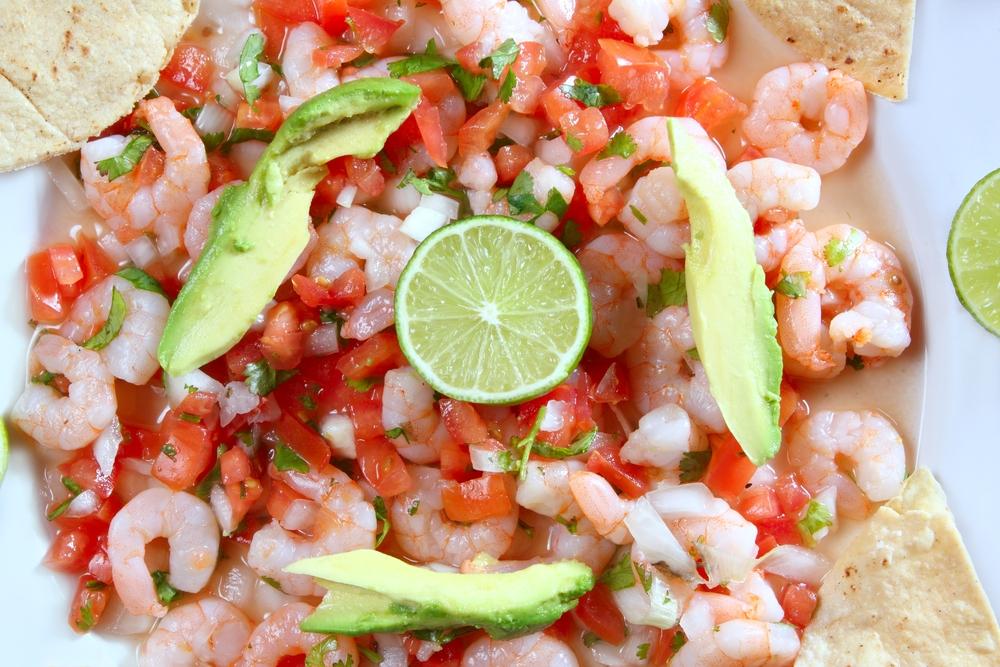Fish fajitas, a delightful combination of flaky fish, colorful vegetables, and zesty seasonings, offer a tantalizing taste of Mexican cuisine. Beyond their deliciousness, fish fajitas come packed with numerous health benefits. However, like any dish, they can have their caveats. In this blog post, we’ll delve into the positive aspects as well as potential drawbacks of indulging in this delectable dish.
Origin of Fish Fajitas.
The origin of fish fajitas can be traced back to Mexican and Tex-Mex cuisine, with the dish evolving over time through a combination of cultural influences.
The term “fajita” itself is believed to have originated from the Spanish word “faja,” which means “belt” or “girdle.” It is thought to refer to the cut of meat traditionally used in fajitas, which is skirt steak. Fajitas were originally made with this tough, inexpensive cut of beef, often marinated and cooked over an open flame.
The specific evolution of fish fajitas is likely a more recent development compared to the traditional beef fajitas. It is believed to have emerged as part of a broader trend in modern cuisine toward lighter, healthier options, which includes incorporating more seafood into traditional dishes.
Fish fajitas likely gained popularity in coastal regions, where fresh seafood was readily available and a staple of local diets. Chefs and home cooks began experimenting with substituting fish for the traditional beef, and the concept of fish fajitas was born.
Tex-Mex cuisine, which is a fusion of Mexican and American culinary traditions, played a significant role in popularizing fish fajitas. Texas, being a state with a rich culinary heritage and a strong Mexican influence, was a natural place for this dish to gain traction.
Fish Fajitas Recipe.
Fishfajitas, a delightful combination of flaky fish, colorful vegetables, and zestyseasonings, offer a tantalizing taste of Mexican cuisine. Beyond theirdeliciousness, fish fajitas come packed with numerous health benefits.
Ingredients.
- 1/4 cup extra-virgin olive oil
- 2 onions ((1/2 chopped, 1 1/2 thickly sliced))
- 1 15-ounce can pinto beans, drained and rinsed
- 1/2 cup spicy tomato salsa
- Kosher salt
- 2 bell peppers ((1 red, 1 yellow), thickly sliced)
- 1 teaspoons ground cumin
- 1 teaspoons chili powder
- 1 pound skinless halibut or snapper fillets (cut into 2-inch chunks)
- 1 cup fresh cilantro
- 8 corn tortillas, warmed
- Guacamole and lime wedges, for serving
Procedure.
- Preheat the broiler. Heat 1 tablespoon olive oil in a medium saucepan over medium heat. Add the chopped onion and cook until softened, 3 minutes. Add the beans, salsa and 1/2 cup water. Cook over low heat, stirring occasionally, until thickened, about 8 minutes; season with salt.
- Meanwhile, toss the bell peppers and sliced onions with 2 tablespoons olive oil, 1 teaspoon cumin, 1 teaspoon chili powder and 1/2 teaspoon salt on a rimmed baking sheet. Broil, without stirring, until the vegetables are browned around the edges, 4 to 6 minutes.
- Toss the fish with the remaining 1 tablespoon olive oil and 1/2 teaspoon each cumin and chili powder; season generously with salt. Scatter over the roasted vegetables and broil until the fish is just cooked through, 3 to 4 minutes.
- Stir the cilantro into the beans and divide among plates. Serve with the fish, roasted vegetables, tortillas, guacamole and lime wedges.
Nutritional Value of Fish Fajitas Recipe.

Health Benefits of Fish Fajitas Recipe.
1. Rich Source of Omega-3 Fatty Acids.
Fish, especially fatty fish like salmon or mackerel, is a stellar source of omega-3 fatty acids. These essential fats are known to support heart health, reduce inflammation, and promote brain function.
2. Lean Protein Powerhouse.
Fish is a lean source of protein, providing the body with essential amino acids. This can help in muscle repair, growth, and maintenance, making fish fajitas a great option for those aiming to build or maintain muscle mass.
3. Abundant in Vitamins and Minerals.
Fish, particularly species like salmon, is loaded with vitamins and minerals, including Vitamin D, B vitamins, and minerals like selenium, iodine, and zinc. These nutrients play crucial roles in various bodily functions.
4. Weight Management.
Fish is relatively low in calories but high in protein, which can help with feelings of fullness and potentially aid in weight management. This makes fish fajitas a satisfying, yet calorie-conscious choice.
5. Improves Mood and Brain Function.
The omega-3 fatty acids found in fish have been linked to improved mood and cognitive function. Regular consumption may support mental well-being and cognitive health.
6. Heart-Healthy.
Fish is associated with a reduced risk of heart disease. The omega-3s help lower triglycerides, improve blood vessel function, and reduce inflammation in the body, all of which contribute to heart health.
Bottom Line.
In conclusion, fish fajitas are a delicious and nutritious dish that can be part of a balanced diet. The health benefits, including being a rich source of omega-3 fatty acids and lean protein, are considerable. However, being mindful of potential side effects, such as mercury content and sodium levels, is crucial. By choosing high-quality, sustainably sourced fish and preparing them in a health-conscious manner, you can enjoy the many advantages that fish fajitas have to offer.
How we reviewed this article:
Our team of experts is always monitoring the health and wellness field, ensuring that our articles are updated promptly as new information emerges. See Our Editorial Process
May 13, 2025
Written By: Nebadita
Reviewed By: Roxana Ehsani
Written By: Nebadita
Reviewed By: Roxana Ehsani

 Workout
Workout
 Meditation
Meditation





 Contact Us
Contact Us














